Related Research Articles
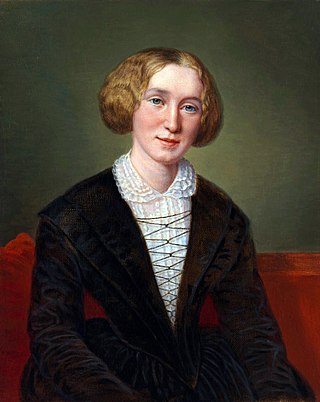
Mary Ann Evans, known by her pen name George Eliot, was an English novelist, poet, journalist, translator, and one of the leading writers of the Victorian era. She wrote seven novels: Adam Bede (1859), The Mill on the Floss (1860), Silas Marner (1861), Romola (1862–1863), Felix Holt, the Radical (1866), Middlemarch (1871–1872) and Daniel Deronda (1876). As with Charles Dickens and Thomas Hardy, she emerged from provincial England; most of her works are set there. Her works are known for their realism, psychological insight, sense of place and detailed depiction of the countryside. Middlemarch was described by the novelist Virginia Woolf as "one of the few English novels written for grown-up people" and by Martin Amis and Julian Barnes as the greatest novel in the English language.
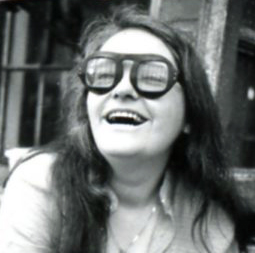
Katherine Murray Millett was an American feminist writer, educator, artist, and activist. She attended the University of Oxford and was the first American woman to be awarded a degree with first-class honors after studying at St Hilda's College, Oxford. She has been described as "a seminal influence on second-wave feminism", and is best known for her book Sexual Politics (1970), which was based on her doctoral dissertation at Columbia University. Journalist Liza Featherstone attributes the attainment of previously unimaginable "legal abortion, greater professional equality between the sexes, and a sexual freedom" in part to Millett's efforts.
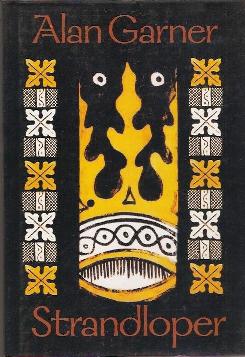
Strandloper is a novel by English writer Alan Garner, published in 1996. It is loosely based on the story of a Cheshire labourer, William Buckley. The historical figures of Edward Stanley and John Batman also appear as characters. An English epileptic is transported to Australia, where he escapes and becomes the holy man of the Beingalite people. Many years later he returns to England, and walks his home landscapes like an Aboriginal. Reaching the village church, he smears his body with clay and performs a spirit dance.
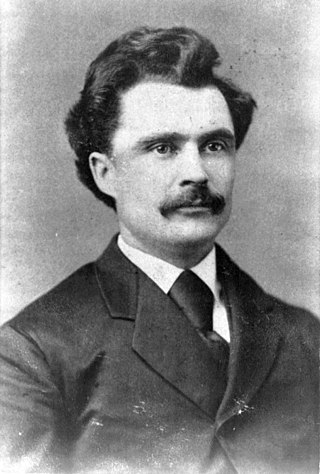
John Boyle O'Reilly was an Irish poet, journalist, author and activist. As a youth in Ireland, he was a member of the Irish Republican Brotherhood, or Fenians, for which he was transported to Western Australia. After escaping to the United States, he became a prominent spokesperson for the Irish community and culture through his editorship of the Boston newspaper The Pilot, his prolific writing and his lecture tours.

York is the oldest inland town in Western Australia, situated on the Avon River, 97 kilometres (60 mi) east of Perth in the Wheatbelt, on Ballardong Nyoongar land, and is the seat of the Shire of York.
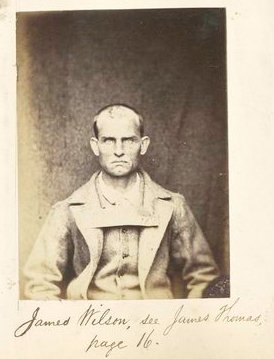
The convict era of Western Australia was the period during which Western Australia was a penal colony of the British Empire. Although it received small numbers of juvenile offenders from 1842, it was not formally constituted as a penal colony until 1849. Between 1850 and 1868, 9,721 convicts were transported to Western Australia on 43 convict ship voyages. Transportation ceased in 1868, but it was many years until the colony ceased to have any convicts in its care.
The following lists events that happened during 1790 in Australia.
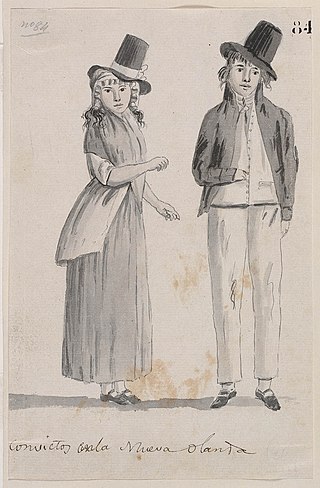
Between 1788 and 1868 the British penal system transported about 162,000 convicts from Great Britain and Ireland to various penal colonies in Australia.
The Hemlock Society was an American right-to-die and assisted suicide advocacy organization which existed from 1980 to 2003. It was co-founded in Santa Monica, California by British author and activist Derek Humphry, his wife Ann Wickett Humphry and Gerald A. Larue. It relocated to Oregon in 1988 and, according to Humphry, had several homes over the course of its life. The group took its name from Conium maculatum, a highly poisonous biennial herbaceous flowering plant in the carrot family. The name was a direct reference to the method by which the Athenian philosopher Socrates took his life in 399 BC, as described in Plato's Phaedo.
Nationality words link to articles with information on the nation's poetry or literature.
The Reverend John Smithies (1802–1872) was a Wesleyan Methodist missionary who served in Newfoundland, the Swan River Colony of Western Australia, and Tasmania.

Avon Terrace it is the main street of the town of York, Western Australia, and is lined with heritage buildings.

Holy Trinity Church is a heritage-listed Anglican church on the corner of Newcastle and Pool Streets, in York, Western Australia. The church was consecrated in 1858 by the first Anglican Bishop of Perth, Mathew Blagden Hale.
Solomon Cook (1812-1871) was an American engineer who constructed a substantial mill and one of Western Australia's first steam engines at York.
Aimable Ciril Duperouzel was a French-born convict transported to Western Australia and a notable settler of the town of York. He was colloquially known in York as John, the Frenchman.

Settlers House is a historic hotel in the centre of York, Western Australia.
Walkinshaw Cowan was private secretary to Western Australian Governors John Hutt, Andrew Clarke and Frederick Irwin, then in 1848 he became Guardian of Aborigines and a justice of the peace, and then resident magistrate at York from 1863 to 1887.
Edward Wilson Landor (1811–1878) was a lawyer, scholar, writer and pioneer in the early days of the British colony of Western Australia.

Janet Millett (1821–1904) was an English writer about life in Western Australia in the 1860s, best known for her book An Australian Parsonage or, the Settler and the Savage in Western Australia.
John Taylor (1821-1890), son of an Oxford carpenter, was a settler to York, Western Australia who arrived in 1841, was indentured to Thomas Brown, leased and then purchased Yangedine, used progressive machinery, and built a farming estate.
References
- ↑ The West Australian, 13 November 1937, p.7.
- ↑ The Inquirer and Commercial News, 21 February 1872, p.1.
- ↑ Perth Gazette and West Australian Times, 1 March 1872, p.3.
- 1 2 Duperouzel, William Thomas, Sunset Over Mount Douraking p1 ISBN 978-0-9544314-2-6 published 15 June 2019 https://duperouzel.org/wp-content/uploads/2020/12/Milletts_Book.pdf
- ↑ The Examiner, London, 17 February 1872, p.185 (top half).
- ↑ "History & Heritage". The York Societ. Retrieved 6 May 2024.
- ↑ Rob Garton Smith (January 2022). "Index to An Australian Parsonage by Janet Millett" (PDF). The York Society.